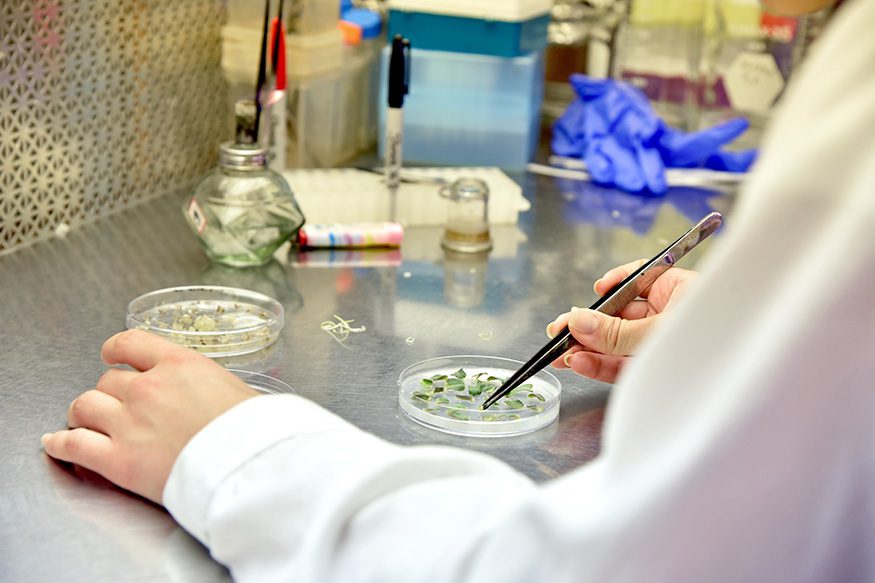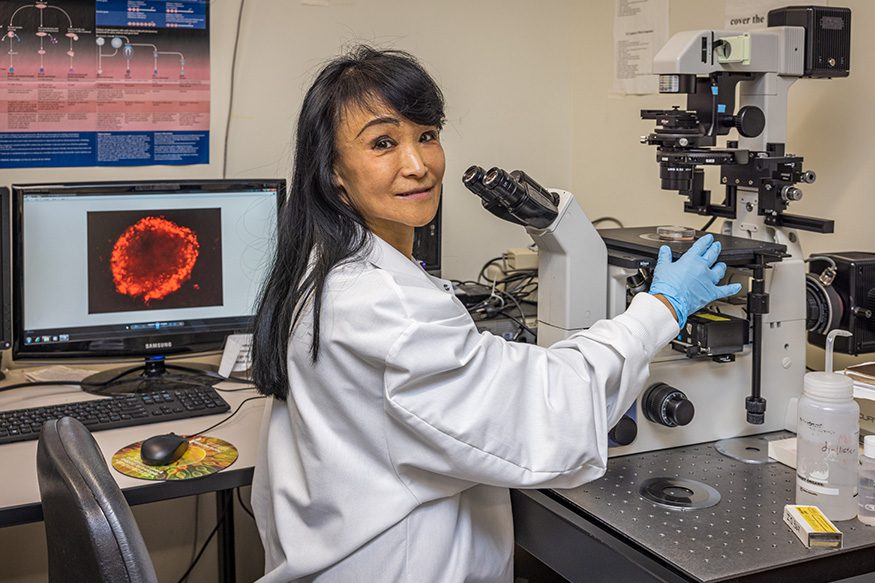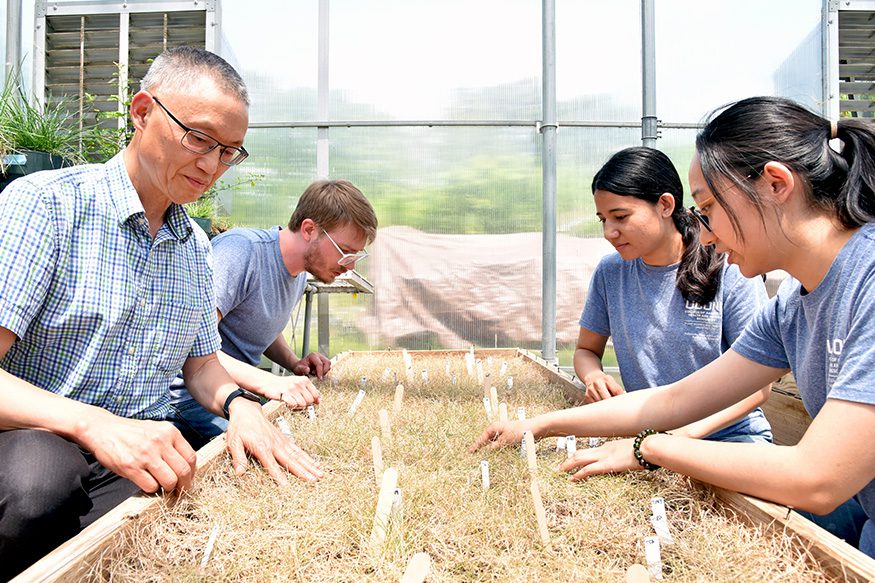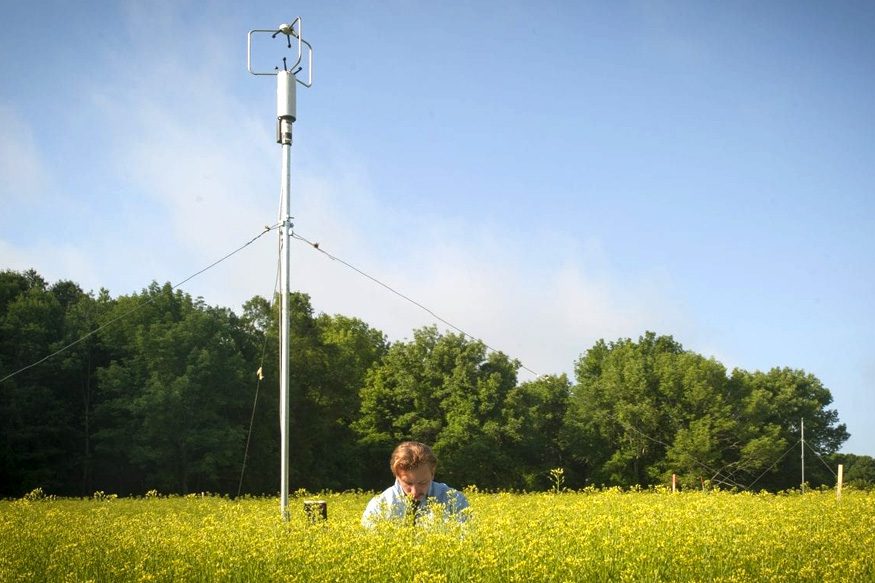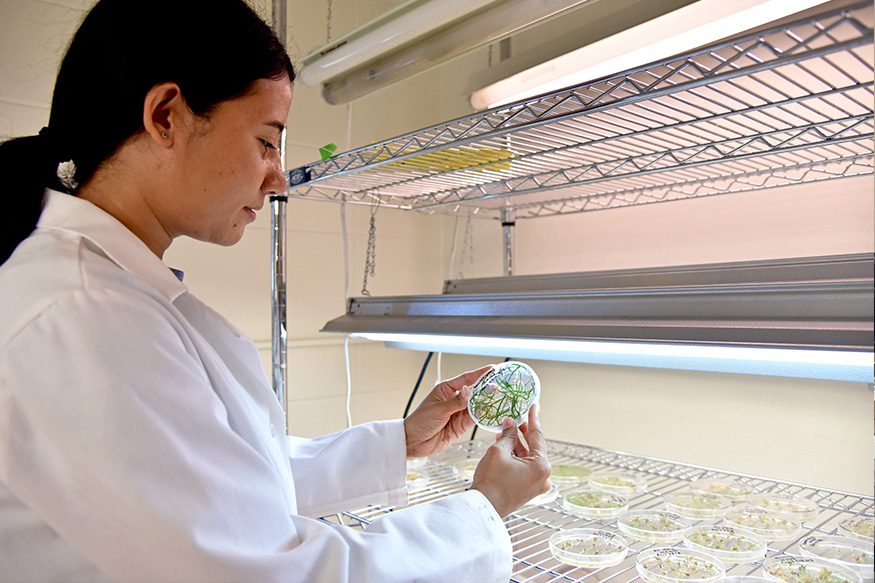GMOs are used in agriculture, medicine, and environmental science. They play a role in producing insulin, developing vaccines, creating drought-resistant crops, and even cleaning up pollution.
What are GMOs?
- G = Genetically refers to genes—the DNA-based instructions that tell cells how to grow, function, and develop.
- M = Modified means that something has been changed or adjusted in some way.
- O = Organism refers to any living thing—not just plants. While many people associate GMOs with crops, organisms also include bacteria, fungi, and animals.
A Genetically Modified Organism is any living thing whose genetic material has been altered for a specific purpose.
Genetically Modified Organisms, or GMOs, are living things—plants, animals, or microorganisms—whose genetic material has been altered using modern biotechnology. These changes are made to introduce desirable traits, such as resistance to pests, improved nutrition, or tolerance to environmental stress.
Today, the term bioengineered is used on food labels in the U.S. to describe products that contain detectable genetic material modified through lab techniques. While “GMO” remains a commonly used term, “bioengineered” is now the official regulatory language.
Fact Sheets and Articles
Credibility of Sources
Checking the credibility of sources on GMOs is vital to ensuring non-bias, factual information is presented. Sources should be reviewed to determine their objectivity and reliability.
For more information on credibility of sources visit:
https://guides.lib.uconn.edu/interrogating/evaluation
https://www.archives.gov/about/info-qual/guidelines.html
Cultivating Civil Discourse
Sometimes people have strong opinions on topics, and GMOs are one of these topics. Practicing civil discourse when discussing GMOs is important. Civil discourse is crucial for fostering understanding and collaboration in society. Challenges with civil discourse can arise in homes, workplaces, and communities. Extension professionals use science-based information, create spaces where diverse perspectives can be used, and encourage active listening among program participants. More information is available in our civil discourse fact sheet.


